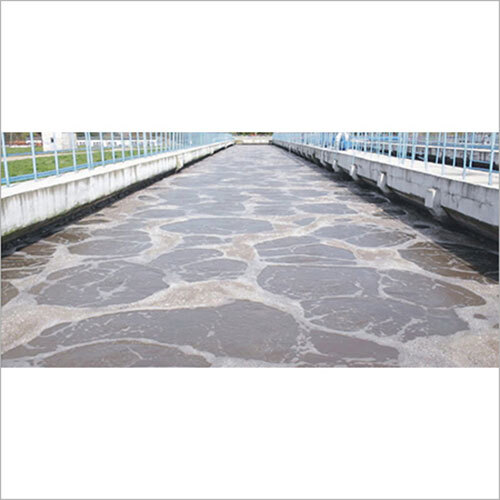Product Description
Mineral oil-based defoamers are a type of antifoaming agent used to control foam and reduce its formation in various industrial processes and applications. Foam can be problematic in certain industries, such as chemical processing, food and beverage production, wastewater treatment, and paper manufacturing, as it can interfere with operations, reduce efficiency, and lead to product defects.
Mineral oil-based defoamers consist primarily of mineral oils, which are derived from crude oil and are known for their excellent defoaming properties. These oils are mixed with other additives to enhance their performance as defoamers. The key functions of mineral oil-based defoamers include:
- Breaking down foam: The defoamer works by destabilizing and breaking down the foam bubbles that form during the process.
- Spreading: The defoamer spreads across the liquid surface, reducing the surface tension, and causing the foam bubbles to collapse.
- Persistence: Mineral oil-based defoamers often have long-lasting effects, helping to prevent foam from re-forming over time.
- Compatibility: They are generally compatible with a wide range of industrial processes and do not negatively affect the final product.
Its important to note that while mineral oil-based defoamers can be effective in many applications, they may not be suitable for certain industries or processes, especially those where food-grade or environmentally friendly alternatives are required. Additionally, some specific applications might require tailor-made defoamers with unique properties.
As with any chemical additive, its essential to follow proper handling and dosing guidelines to ensure effective and safe use. Also, be aware of any regulations and guidelines regarding the use of defoamers in your specific industry.
Exceptional Foam Control for Industrial Applications
Our mineral oil based defoamer provides robust foam suppression in a wide range of industries, including paints, adhesives, coatings, effluent treatment, and paper manufacturing. Thanks to its easily dispersible, high-activity liquid formulation, it ensures effective foam eliminationeven at low dosageswhile maintaining compatibility with most process chemicals.
Safe, Stable, and Environmentally Responsible
Engineered to be non-poisonous, neutral (pH ~7), and biodegradable, this defoamer meets stringent industrial standards for safety and environmental stewardship. With a high flash point and remarkable chemical stability, it remains effective through extended storage and operational conditions.
FAQs of Mineral Oil based Defoamers:
Q: How is the mineral oil based defoamer applied in industrial processes?
A: This defoamer is added directly to aqueous or process systems at dosages between 0.02%% and 0.1%% by weight, depending on foam severity and operational needs. Its liquid form and easy dispersibility ensure uniform mixing and immediate foam control.
Q: What are the main benefits of using this defoamer?
A: The product offers high efficiency at low dosages, is compatible with most chemicals in industrial processes, and poses minimal environmental risk due to its biodegradable nature. It also remains stable and safe under normal storage conditions, reducing maintenance and handling concerns.
Q: When should I use this defoamer during my process?
A: This defoamer should be introduced either at the beginning or during the process, whenever foam is likely to develop, such as during mixing, agitation, or chemical reactions. Its prompt action helps prevent foam-related operational inefficiencies.
Q: Where can this defoamer be utilized effectively?
A: It is suitable for use in paints, adhesives, coatings, wastewater treatment, paper manufacturing, and any other industrial processes where foam poses a challenge. Its compatibility and effectiveness make it a versatile solution across sectors.
Q: What is the environmental and health impact of this product?
A: The defoamer is non-poisonous, exhibits a mild mineral oil odor, is biodegradable, and classified as environmentally safe. It does not persist in the environment, making it suitable for industries with stringent environmental guidelines.
Q: How should the product be stored for optimum stability?
A: Store the product in a cool, dry, and well-ventilated area, keeping the container tightly closed to maintain its stability and effectiveness. Avoid exposure to direct sunlight and extreme temperatures for best results.


